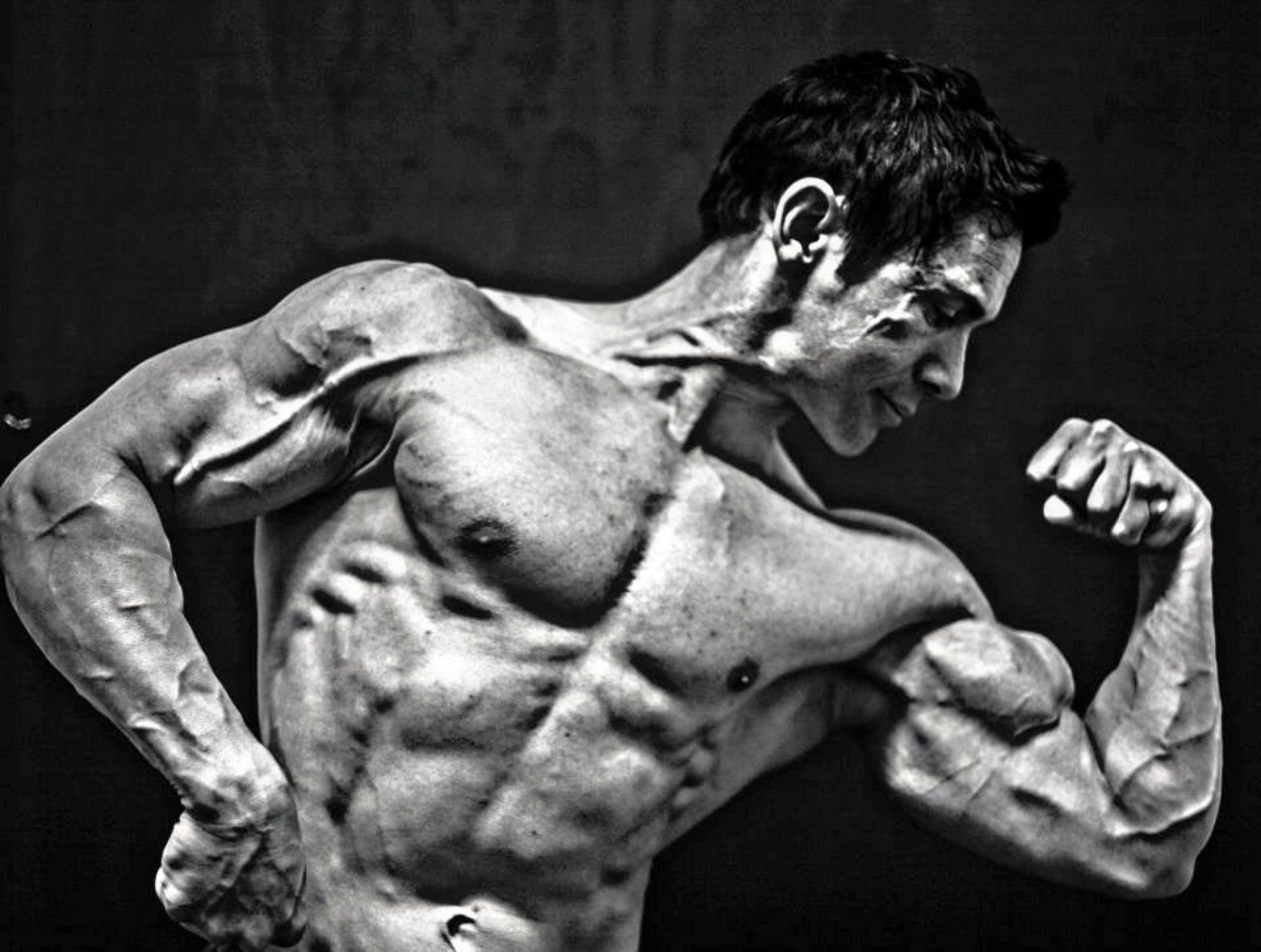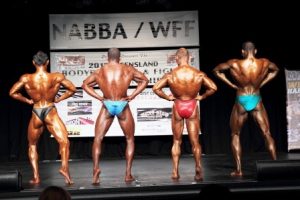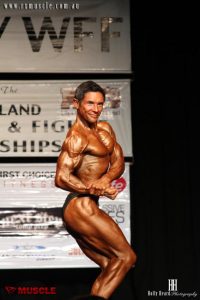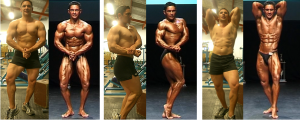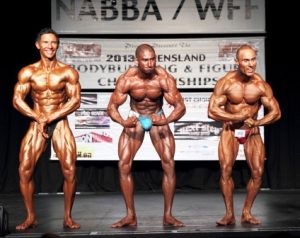
I get a lot of questions about how to lose weight or get lean for competitions so I thought I would share my main dietary and training philosophies here.
Step 1: Find out your blood type.
Step 2: Go to Peter D Adamo’s website and complete the questionnaire on which diet protocol would suit you better- Blood Type or Genotype.
Step 3: Do some reading. Depending on what diet protocol it suggests for you, purchase the book or get it out at your local library. If it’s blood type you have a selection of beneficial foods based on your unique blood work. Your blood type is either O, A, B or AB. If it is the genotype you will need to know your blood type and complete further questions and body measurements.
Step 4: Adjust macronutrient ratios. Now that you have the right food choices for your body you need to consider your protein, carb and fat ratios. If you store body fat easily, increase protein (make sure you are having at least 1-2 grams of protein per kilogram of lean body mass-maybe even more if you are really carb sensitive), cut out grains or use sparingly and replace with more vegetables and low glycaemic fruits from your beneficial food list (definitely cut out bread, pasta and other wheat products). Do not cut out fat-your body needs it. Use the beneficial choices from your unique food list. Drink at least 2-3 litres of water.
Step 5: Adjust meal frequency. Again this will depend on you. Some people need to eat every 2-3 hours. Others would do better if they stretched meals further apart. Breakfast for me is not the most important meal of the day and it may not be for you! I personally do better on eating close to nothing all day with a large meal at night. There are a number of different “fasting” protocols out there that I have tried. For me the Warrior Diet is the best. Others like Lean Gains by Martin Berkhan, Eat Stop Eat by Brad Pilon have worked for many people when the traditional small frequent meals didn’t work.
Step 6: Make sure that you are meeting all your nutritional needs. Make sure that from your lists you choose a variety of foods to get a range of nutrients to support health, growth and recovery. Supplements may need to be incorporated (with each blood type/ genotype diet protocol there is a unique beneficial supplement list too). Often people have suggested to me that these diets are restrictive; I have found it to be the total opposite as I have tried numerous foods that I would never have given a second thought.
Step 6: Do some weight training 2-4 times per week using compound exercises like, squats, dead lifts (trap bar deadlift if you can’t squat or deadlift), chins, rows, some forms of pressing and a few isolation exercises for the smaller body parts. Add in some form of cardio if it doesn’t impede on your weight training and suits your body type- for example Type O’s who are endomorphic may benefit more from cardio than a hard gainer who is Type A. Personally, I am a Blood type A, non- secretor, Explorer genotype. I have found that I can get leaner faster when I stick to my beneficial food lists, train body parts twice over an 8 day period using the exercises mentioned above with no cardio. My favourite writers on weight training are Casey Butt; creator of Weightrainer.net, Steve Holman; editor of Iron man magazine, Stuart Mc Roberts of hard gainer fame, Doug Brignole and Paul Burke.
Step 7: Remember to keep an open mind and realise that you are a unique individual. Adjust these diet and training ideas to suit you- there are other variables like somatotypes, hormone levels, recovery ability, motivation, time and financial considerations. Realise too that a paradigm shift in thinking may be all it takes to transform your body-don’t get trapped into thinking there is only one way to achieve your fat loss goals or that following some genetic freak or drug users advice online or in a magazine is what you need to do.
Step 8: Enjoy the process of learning about your body so that you can make the body composition changes you want in a balanced, healthy and sustainable manner. There you have it my blueprint for getting lean!
